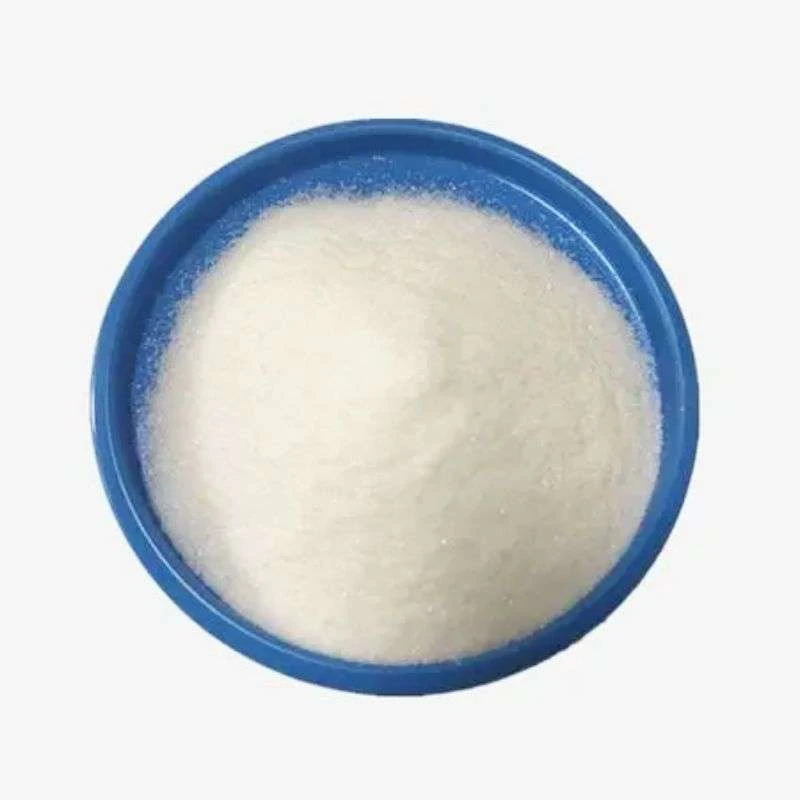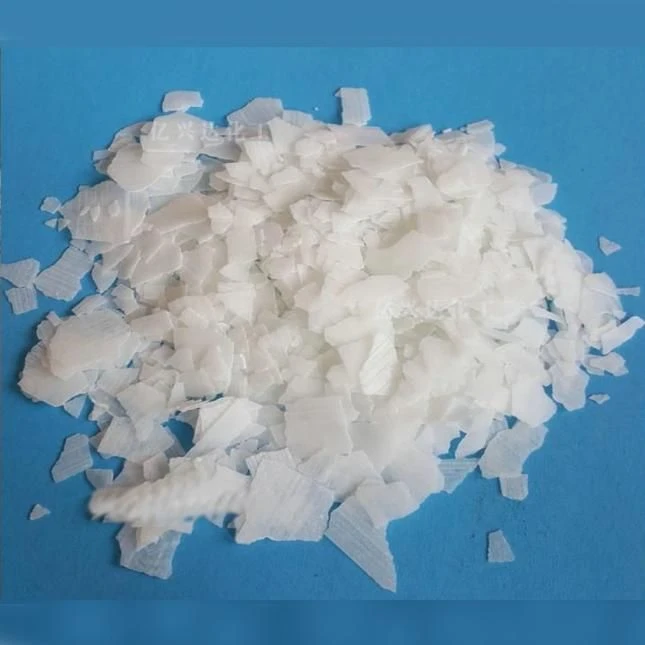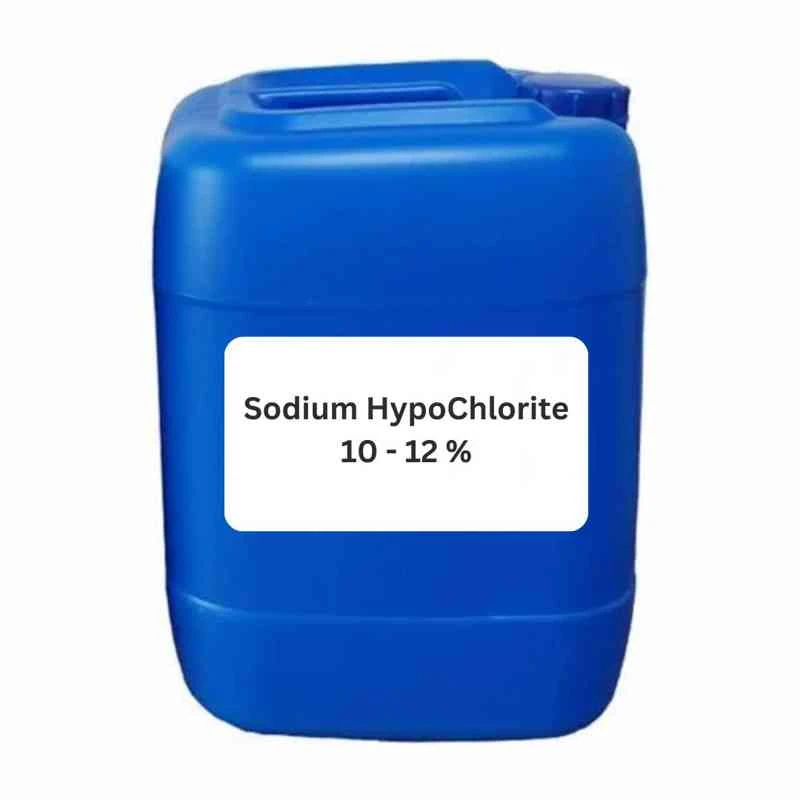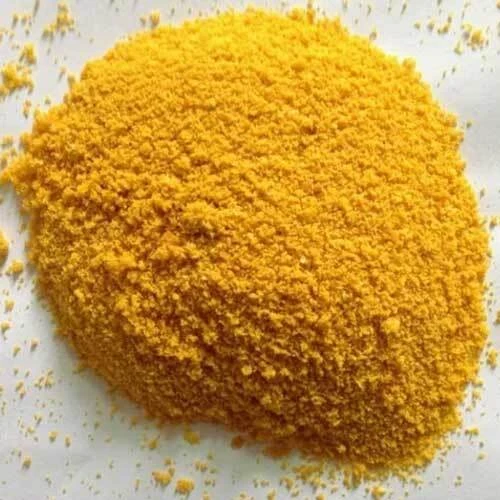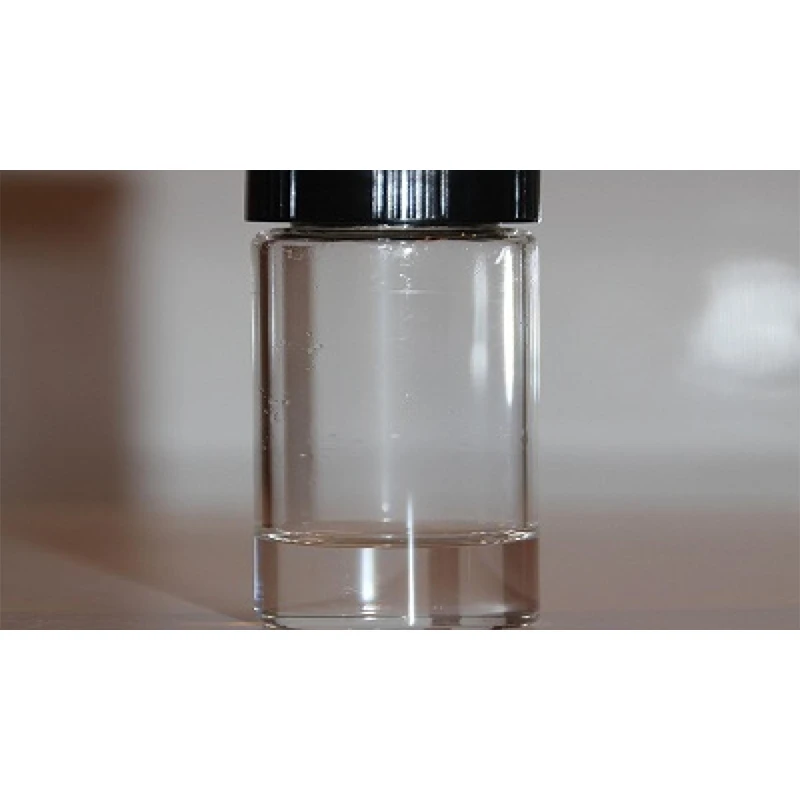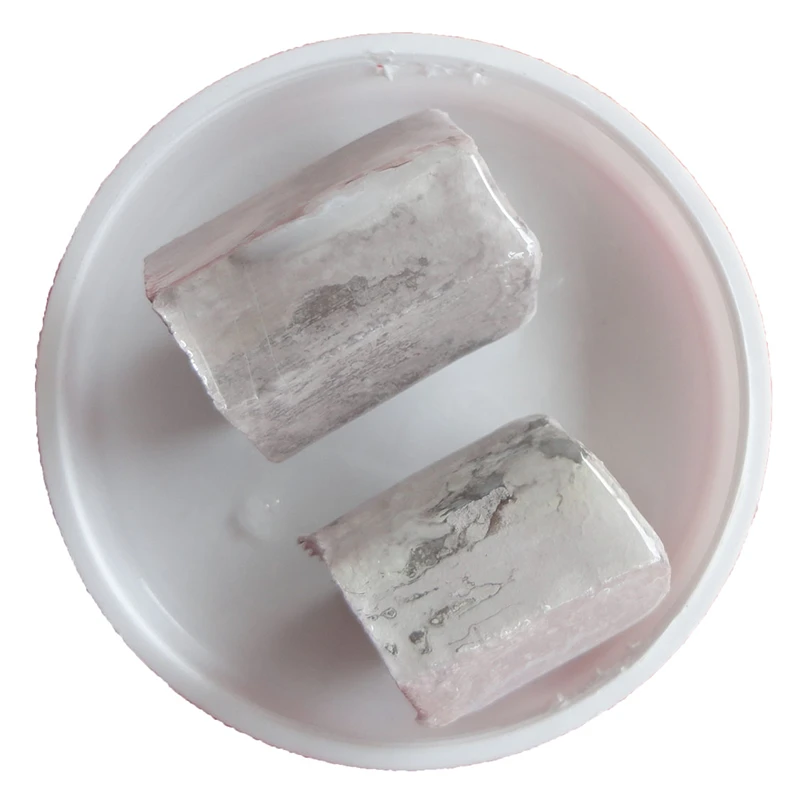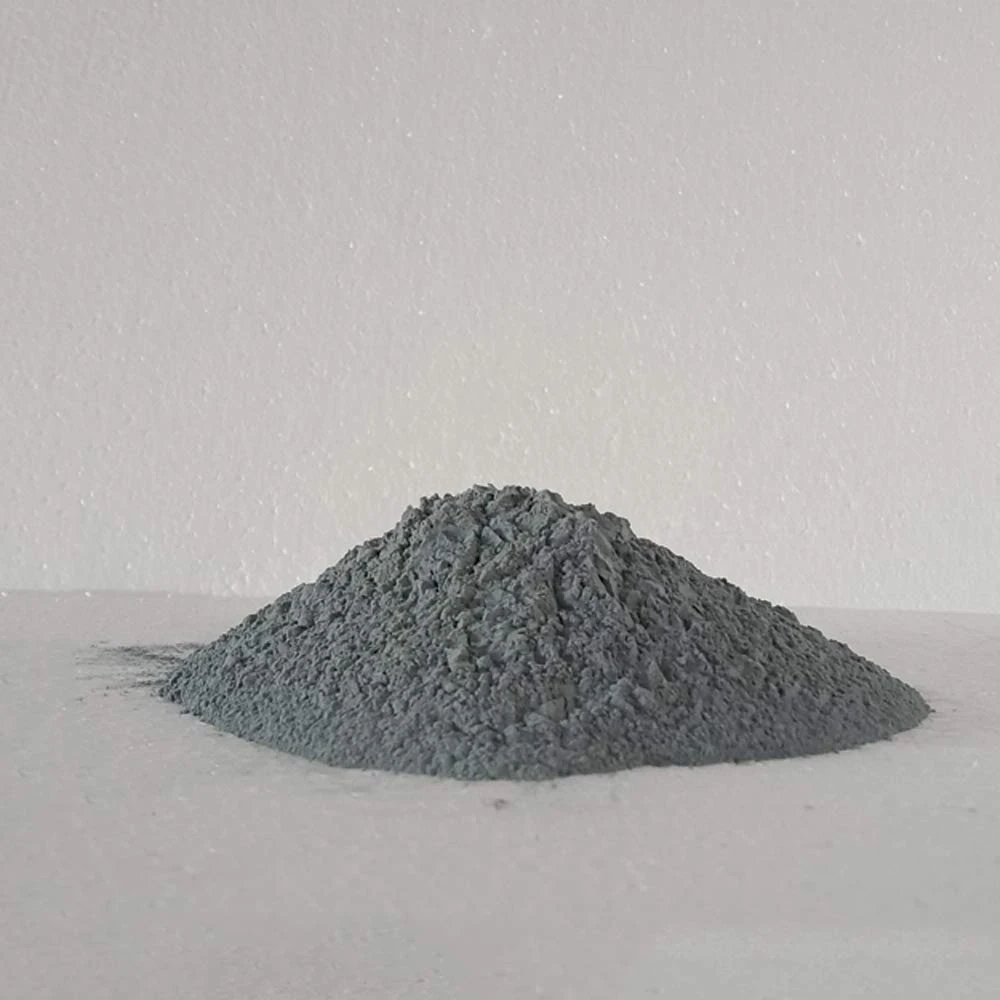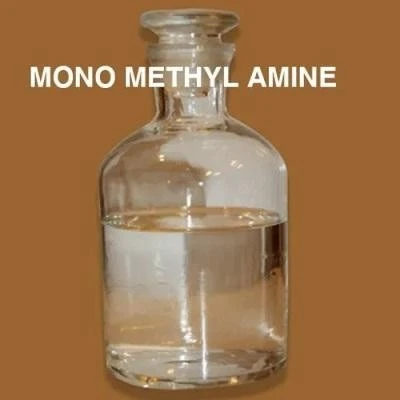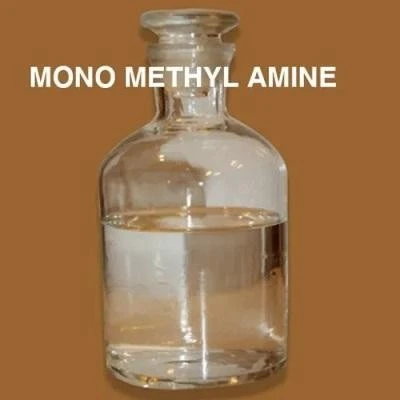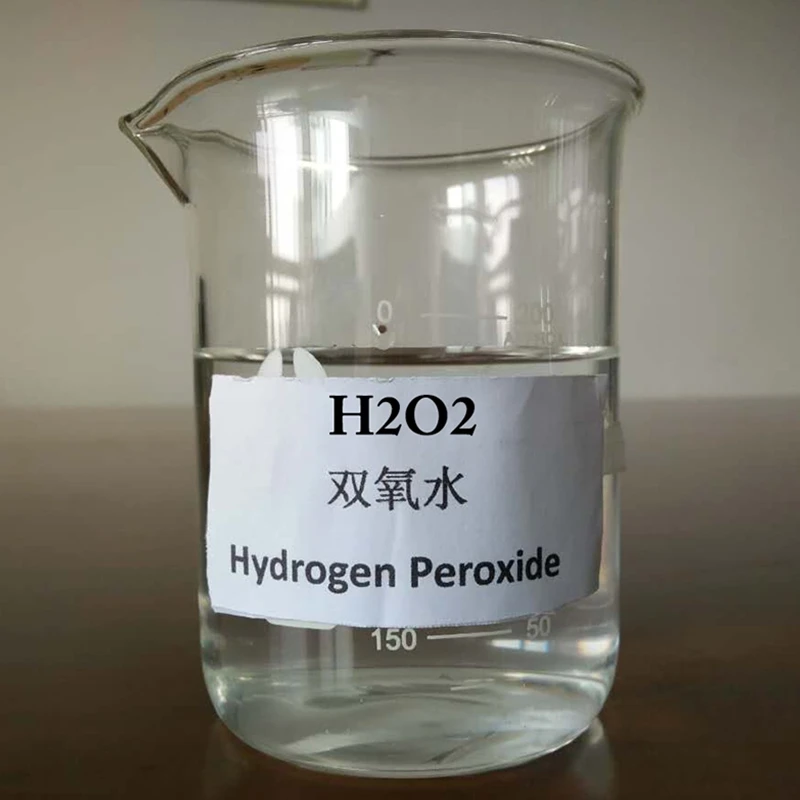
Pyraclostrobine Fungicide | Broad-Spectrum Disease Control
Pyraclostrobin: Revolutionizing Agricultural Disease Control
In modern agriculture, pyraclostrobine stands as a cornerstone of fungal disease management. As a carbamate ester fungicide developed initially by BASF in the late 1990s, pyraclostrobine has transformed crop protection strategies worldwide. According to recent agricultural reports published by the Crop Science Society of America, strobilurin fungicides now command over 25% of the global fungicide market share, with pyraclostrobine being among the top three most widely used active ingredients.
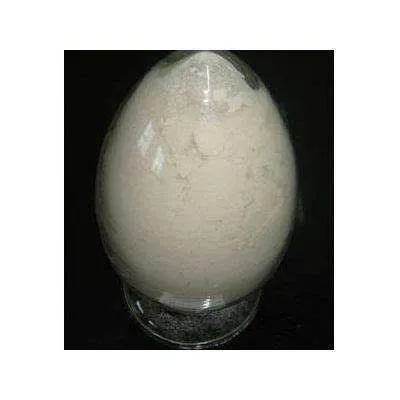
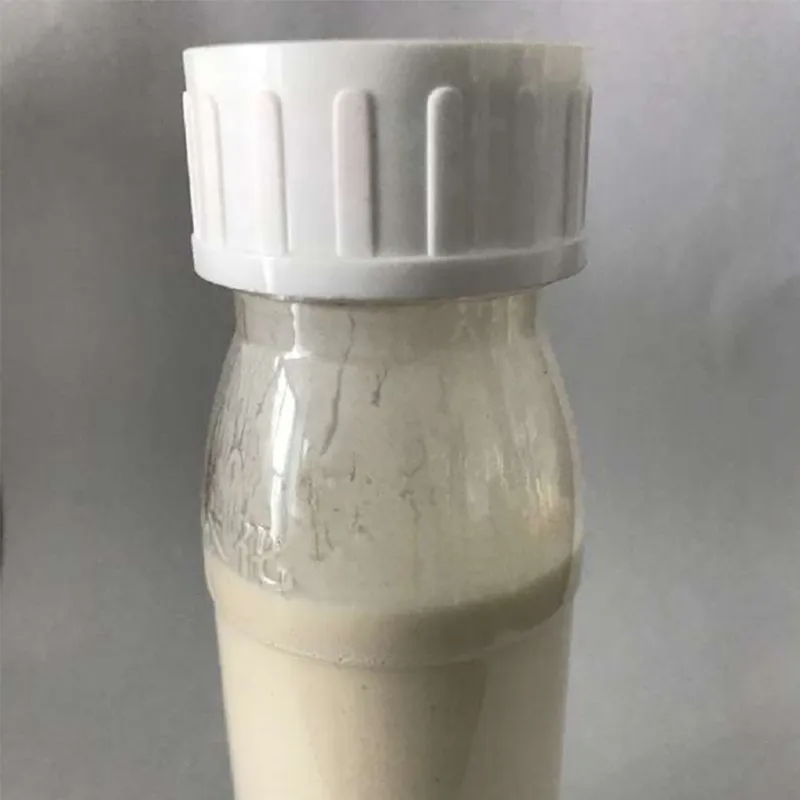
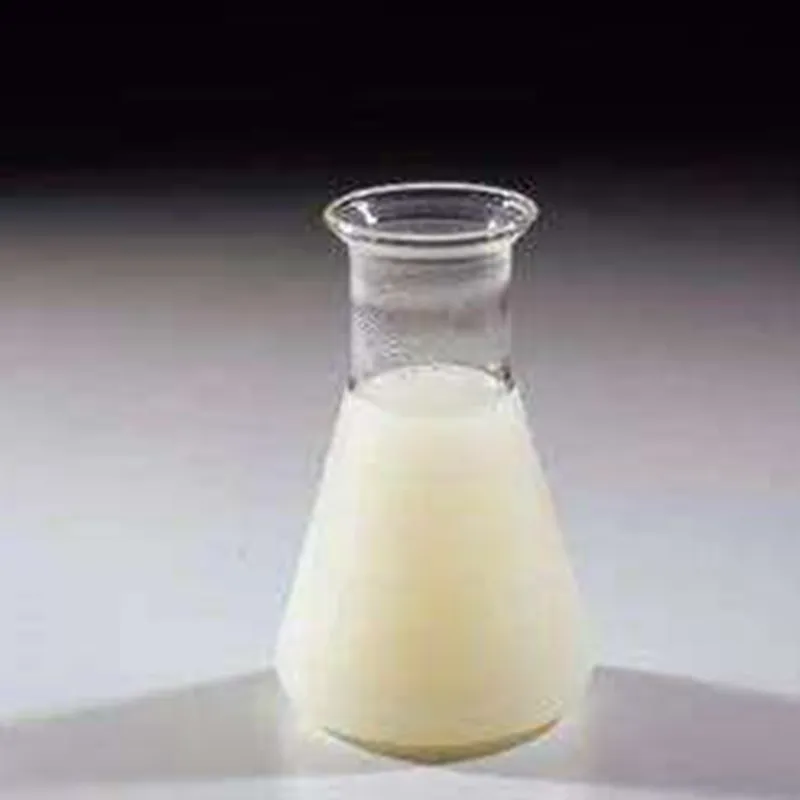
Hebei Dongfeng Chemical Technology Co., Ltd. has emerged as a key player in manufacturing high-purity pyraclostrobine formulations, including pyraclostrobin 20 WG and pyraclostrobin 25 SC. As noted in the European Food Safety Authority Journal, our strict adherence to GMP standards ensures consistent product quality exceeding 98% purity levels across batches.
Technical Specifications of Pyraclostrobine
| Parameter | Pyraclostrobin Pure | Pyraclostrobin 20 WG | Pyraclostrobin 25 SC |
|---|---|---|---|
| Chemical Name | Methyl N-{2-[1-(4-chlorophenyl)pyrazol-3-yloxymethyl]phenyl}(N-methoxy)carbamate | Formulated variant | |
| CAS No. | 175013-18-0 | ||
| Molecular Formula | C19H18ClN3O4 | ||
| Molecular Weight | 387.8 g/mol | ||
| Active Ingredient (%) | ≥98% | 20% | 25% |
| Formulation Type | Technical grade | Water-dispersible granules | Suspension concentrate |
| Water Solubility (20°C) | 1.9 mg/L | Fully dispersible | Stable suspension |
| Melting Point | 63.7-65.2°C | ||
| Vapor Pressure (20°C) | 2.6 × 10-6 Pa | ||
| Half-life in Soil | 34 days (pH 7, 20°C) | ||
| Recommended PH Range | 5.0-7.0 | ||
Performance Analysis of Pyraclostrobine
Application Scenarios & Mechanism of Action
As noted in the Journal of Agricultural and Food Chemistry, pyraclostrobine operates by inhibiting mitochondrial respiration in fungi. It binds to the Qo site of cytochrome b, disrupting electron transfer and ultimately halting ATP production. This unique mode of action translates to remarkable effectiveness against a broad spectrum of diseases:
Key Crop Applications
- Cereals: Suppresses Septoria tritici, powdery mildew in wheat
- Rice: Controls rice blast (Magnaporthe grisea)
- Fruits: Manages black spot (Venturia inaequalis) in apples
- Vegetables: Prevents early blight (Alternaria solani) in tomatoes
- Grapes: Controls downy mildew (Plasmopara viticola)
Performance Benefits
- Provides >90% control efficacy at 250 g/ha
- Offers 2-3 weeks of residual protection
- Enhances plant photosynthesis efficiency by 15-20%
- Improves water use efficiency through stomatal regulation
Research from the International Pest Control Journal demonstrates that pyraclostrobin 20 WG formulations show superior rainfastness compared to other fungicides, retaining >85% efficacy after 5mm rainfall simulation tests. Meanwhile, pyraclostrobin 25 SC provides superior adhesion to waxy leaf surfaces, making it particularly effective for vine and tree crops.
Professional FAQ
Supporting Research & Industry Recognition
- "Resistance Management Strategies for Strobilurin Fungicides" - Plant Disease Journal
- "Environmental Fate of Pyraclostrobin" - Journal of Agricultural and Food Chemistry
- "Efficacy Comparison of WG vs SC Formulations" - Pest Management Science
- EU Pesticides Database: Pyraclostrobin Evaluation Report
Technical Consultation: Our chemical engineers provide customized application protocols tailored to your specific regional requirements. Contact our technical department for comprehensive support.
Request Technical DocumentationHebei Dongfeng Chemical Technology Co., Ltd.
Quality Certifications: ISO 9001:2015, ISO 14001:2015, OHSAS 18001
Production Capacity: 800 MT/month pyraclostrobine formulations
Global Distribution: Serving 67 countries across 5 continents
Contact: +86 199 3333 6661 | bd@dfchempest.com
Product Info: www.dfchempest.com/pyraclostrobin.html
Address: Room 511, Zelong Building, No.195 Guanghua Road, Shijiazhuang, China 050000
-
Uncover the Benefits of Sodium ChlorateNewsJun.24,2025
-
Sodium for Sale: Your Essential ResourceNewsJun.24,2025
-
Raw Materials in Chemical IndustryNewsJun.24,2025
-
Potassium Hydroxide: Versatile Solutions for Your NeedsNewsJun.24,2025
-
Organic Pesticides and Chemical Raw Materials: Building a Sustainable FutureNewsJun.24,2025
-
Discover Premium Chlorine Tablets TodayNewsJun.24,2025
-
Zinc for Sale: Your Essential ResourceNewsJun.04,2025


